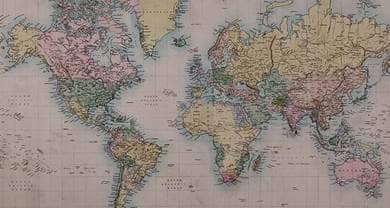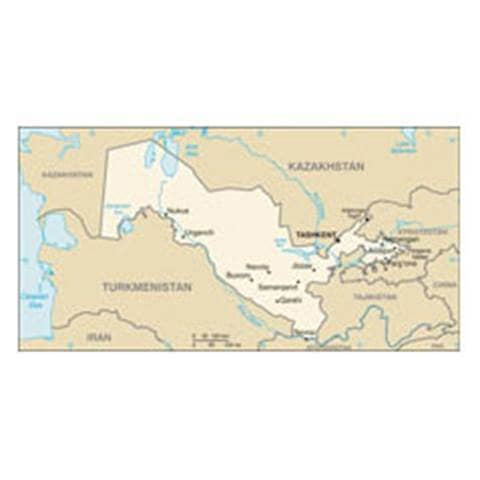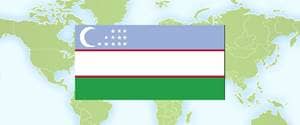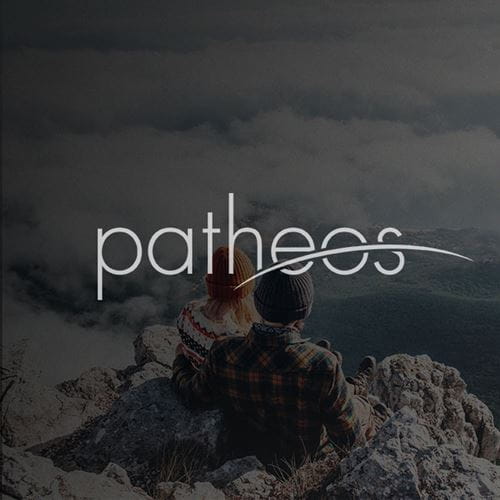- Trending:
- Pope Leo Xiv
- |
- Israel
- |
- Trump
- |
- Social Justice
- |
- Peace
- |
- Love

RELIGION LIBRARY
Uzbekistan

The country has an area of 188,457 square miles and a population of five million. Statistics regarding religious affiliation were not available. According to the Government's most recent census (1995), ethnic Turkmen constitute 77 percent of the population. Minority ethnic populations include Uzbeks (9.2 percent), Russians (6.7 percent), and Kazakhs (2 percent). Armenians, Azeris, and other ethnic groups constitute the remaining 5.1 percent. The majority religion is Sunni Islam, and Russian Orthodox Christians constitute the largest religious minority. The level of active religious observance is unknown.
Since independence there has been a tightly controlled revival of Islam. During the Soviet era, there were only four mosques operating; at the end of the reporting period, there were 398, according to the CRA. Ethnic Turkmen, Uzbeks, Kazakhs, and Baloch living in Mary Province are predominantly Sunni Muslim. There are small pockets of Shi'a Muslims, many of whom are ethnic Iranians, Azeris, or Kurds living along the border with Iran and in Turkmenbashy.
As a result of restrictive government control, indigenous Islamic culture, and 70 years of Soviet rule, traditional mosque-based Islam does not play a dominant role in society. Local interpretations of Islam place a heavy premium on rituals associated with birth, marriage, and death, featuring music and dancing that more traditional Muslims view as unorthodox. Together with shrine pilgrimage, such rituals play a greater role in local Muslims' expression of Islam than regular prayer at mosques.
The 1995 census indicated that ethnic Russians made up almost 7 percent of the population; however, subsequent emigration to Russia and elsewhere continues to reduce this proportion. Most ethnic Russians and Armenians are Christian. Russian practicing Christians are generally members of the Russian Orthodox Church (ROC). There are 13 Russian Orthodox churches, three of which are in Ashgabat. A priest resident in Ashgabat leads the ROC within the country. In October 2007 the Government began negotiations to have the religious jurisdiction of the ROC in Turkmenistan shifted from the Central Asian ROC Diocese in Tashkent, Uzbekistan, and placed under the jurisdiction of the Moscow Patriarchate. In May 2008, subordination to the Moscow Patriarchate became official as a result of a meeting between President Berdimuhamedov and ROC officials. There is one convent in Ashgabat but no Russian Orthodox seminary.
Ethnic Russians and Armenians comprise a significant percentage of members of unregistered religious congregations; ethnic Turkmen are increasingly represented among these groups as well. There are small communities of the following unregistered religious groups: the Roman Catholic Church, Jehovah's Witnesses, Jews, Shi'a Muslims, and several evangelical Christian groups including Baptists, charismatic groups, Pentecostals, and an unaffiliated nondenominational group.
A small community of ethnic Germans, most of whom live in and around the city of Saragt, reportedly includes practicing Lutherans. Approximately 1,000 ethnic Poles live in the country; they have been largely absorbed into the Russian community and consider themselves Russian Orthodox. The Catholic community in Ashgabat, which includes both citizens and foreigners, meets in the chapel of the Vatican Nunciature.
An estimated 1,000 Jews live in the country. Most are members of families who came from Ukraine during World War II. There are some Jewish families living in Turkmenabat, on the border with Uzbekistan, who are known as Bukharan Jews, referring to the Uzbek city of Bukhara. There are no synagogues or rabbis, and Jews continue to emigrate to Israel, Russia, and Germany; however, the Jewish population remains relatively constant. The community gathers for religious observances but does not wish to register as a religious group.
| Population | Population (2009 est.) 27,606,007 |
| Religious Demographics | Muslim 88% (mostly Sunnis), Eastern Orthodox 9%, other 3% |
| Ethnic Groups | Ethnic Groups Uzbek 80%, Russian 5.5%, Tajik 5%, Kazakh 3%, Karakalpak 2.5%, Tatar 1.5%, other 2.5% (1996 est.) |
| Languages | Languages Uzbek 74.3%, Russian 14.2%, Tajik 4.4%, other 7.1% |
| Country Flag |  |










